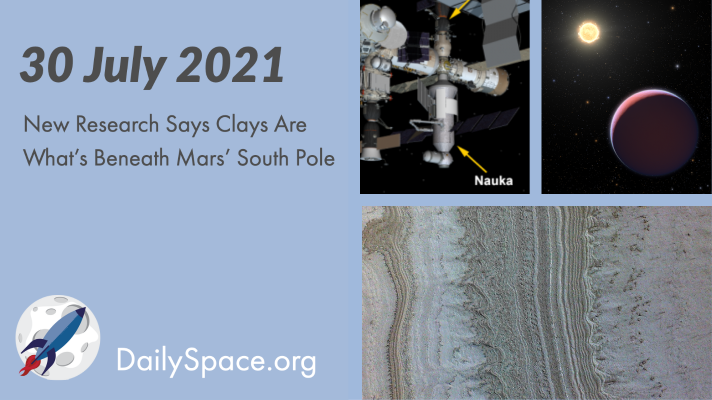
Aug 2, 2021 | Climate Change, Crewed Space, Daily Space, Earth, Exoplanets, Mars, Spacecraft
Continuing the ongoing saga of just what is under the Martian south polar ice caps, new research has once again analyzed radar data, and this time, scientists find that clays known as smectites are responsible for the bright reflections once thought to be subsurface lakes. Plus, drama with an ISS docking and some more oddball exoplanets to round out the week.
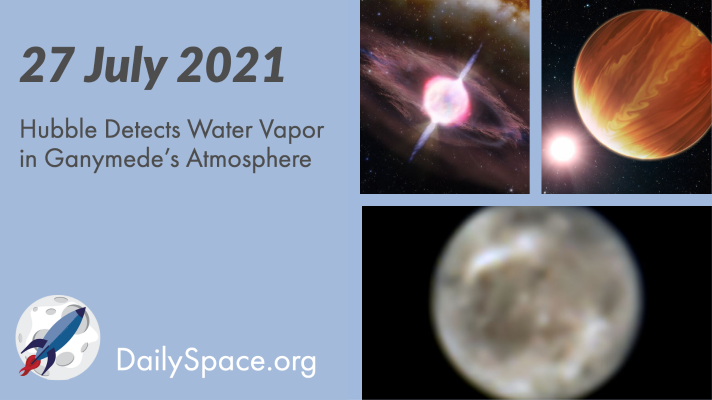
Jul 28, 2021 | Daily Space, Earth, Exoplanets, Galaxies, Jupiter, Planetary Nebulae, Spacecraft, Supernovae
Scientists analyzed archival data from the Hubble Space Telescope and found evidence of water vapor in the atmosphere of Jupiter’s moon Ganymede. The water vapor is present due to thermal escape from the icy surface of the moon. Plus, a “fizzled” gamma-ray burst and all the exoplanets!
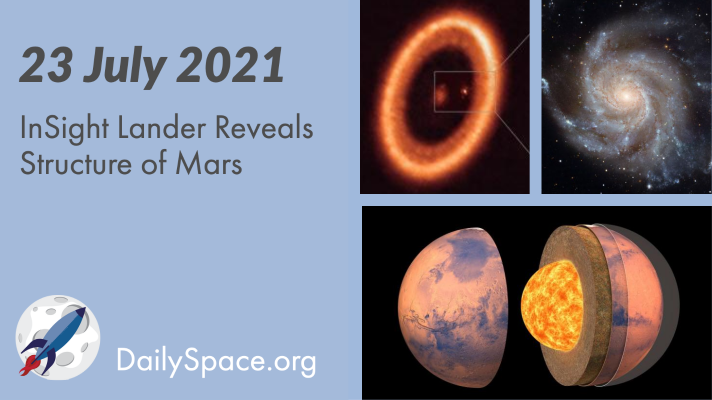
Jul 26, 2021 | Active Galaxies, Climate Change, Comets, Daily Space, Earth, Exoplanets, Mars, Venus
In three new papers released this week, scientists analyzed data from NASA’s InSight lander to reveal the structure of Mars and its layers, revealing information about the planet’s crust, lithosphere, mantle, and core. Plus, isotopes in an exoplanet’s atmosphere, a potential exomoon being formed, the heart of a radio galaxy, and black holes impeding stellar birth.
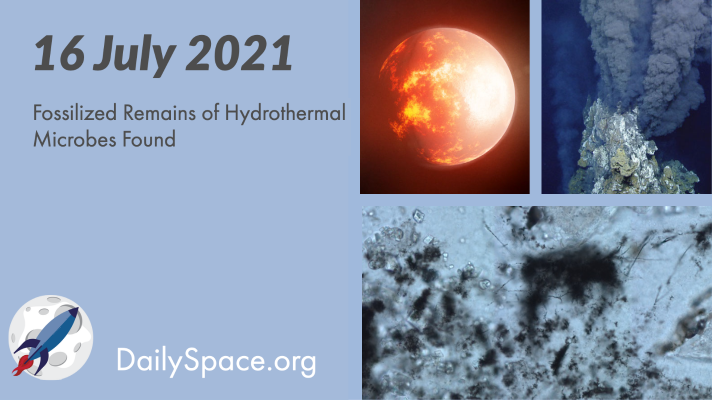
Jul 20, 2021 | Astrobiology, Daily Space, Earth, Exoplanets, Fast Radio Bursts
The fossilized remains of methane-cycling microbes have been found in exposed sedimentary seafloor rocks in South Africa. These microbes, dating back 3.42 billion years, could extend the fossil record back to when life first began on Earth. Plus, teenage exoplanets orbit sibling stars, and gamma-ray bursts happen on schedule.
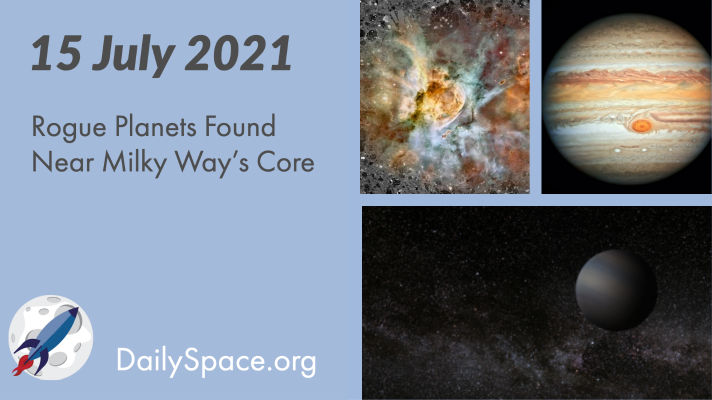
Jul 16, 2021 | Asteroids, Black Holes (Stellar), Conferences, Daily Space, Earth, Exoplanets, Globular Cluster, Jupiter, Kepler, Mercury, Our Solar System, Stars, Supernovae
Using data collected by NASA’s Kepler Space Telescope, scientists have found four free-floating, or rogue, planets near the core of the Milky Way. These planets formed in discs in other planetary systems and were thrown out by gravitational interactions with larger planets. Plus, the early solar system, including ancient Earth, Jupiter’s chemistry, and Mercury’s core.
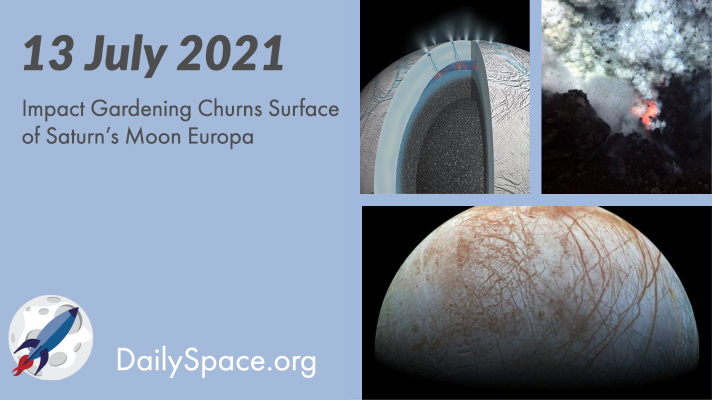
Jul 14, 2021 | Blue Origin, Crewed Space, Daily Space, Earth, Jupiter, Our Solar System, Saturn, Space China, Spacecraft, Virgin Orbit
Over tens of millions of years, the surface of Europa has been churned by impacts down to an average depth of 30 centimeters. This churning means that the search for chemical biosignatures must look below that zone. Plus, methane and icequakes at Enceladus, predicting underwater eruptions, Virgin Galactic’s flight, and a Chinese spacewalk.








 We record most shows live, on Twitch. Follow us today to get alerts when we go live.
We record most shows live, on Twitch. Follow us today to get alerts when we go live.